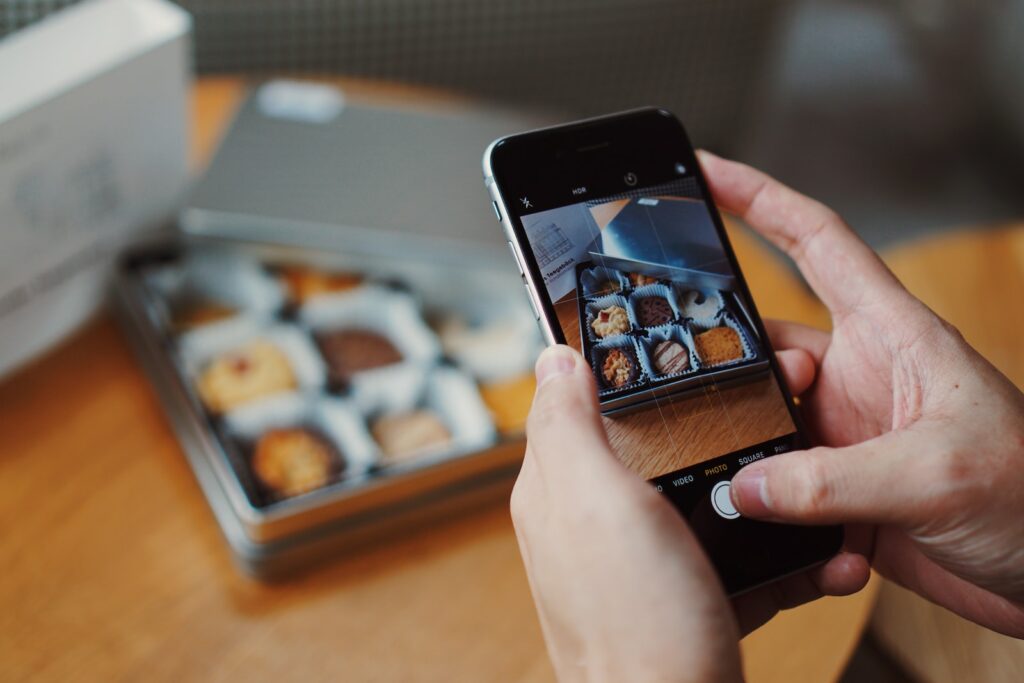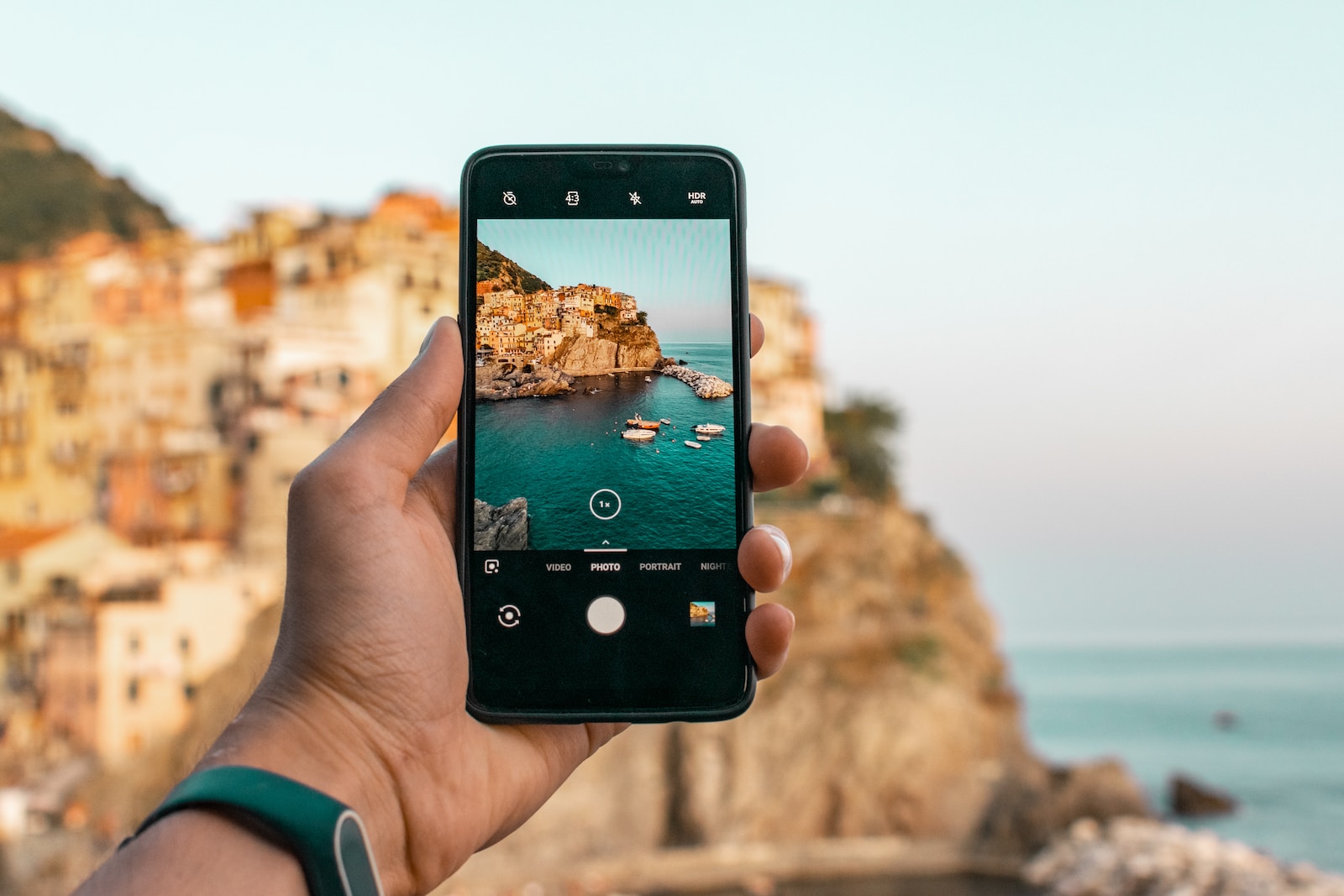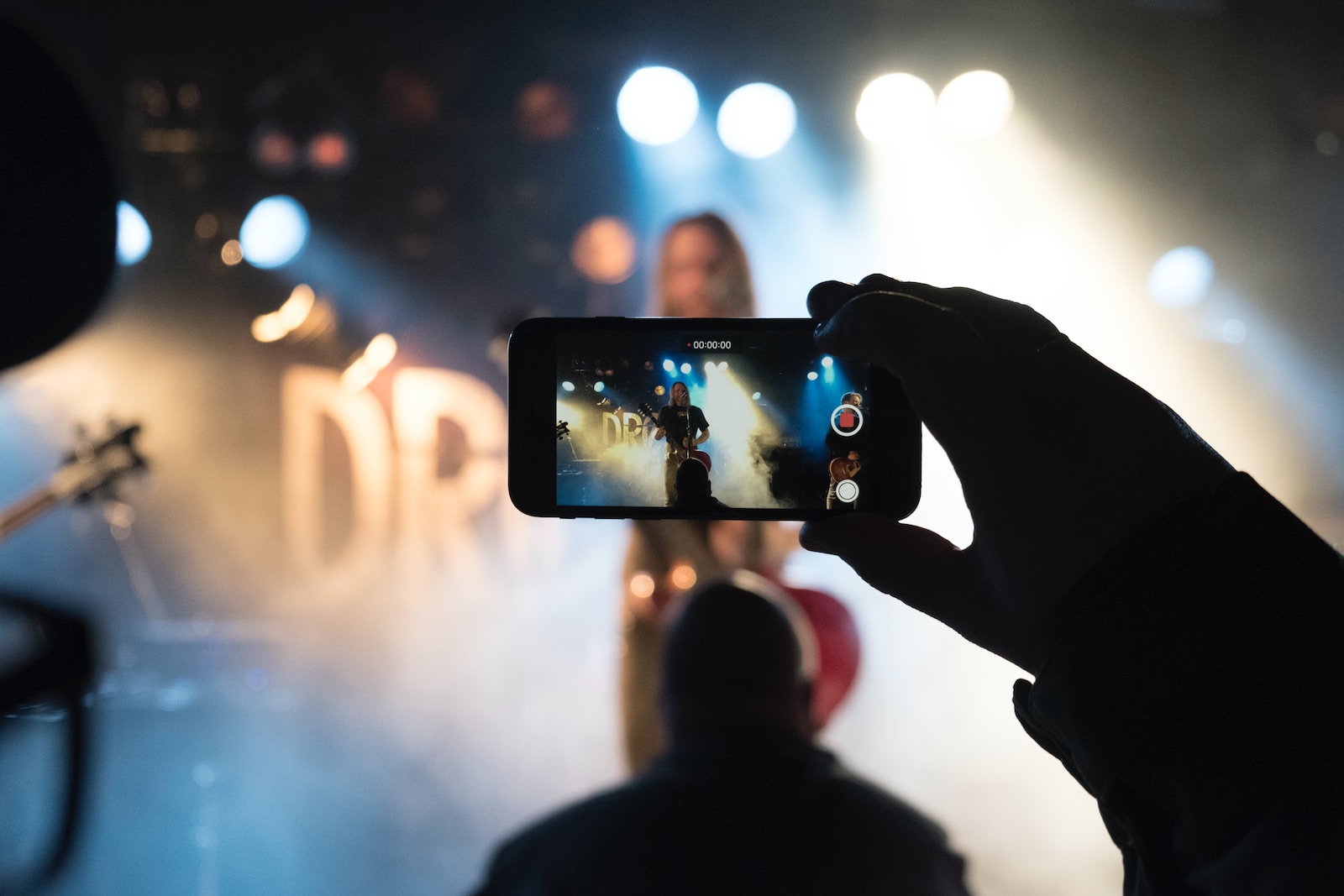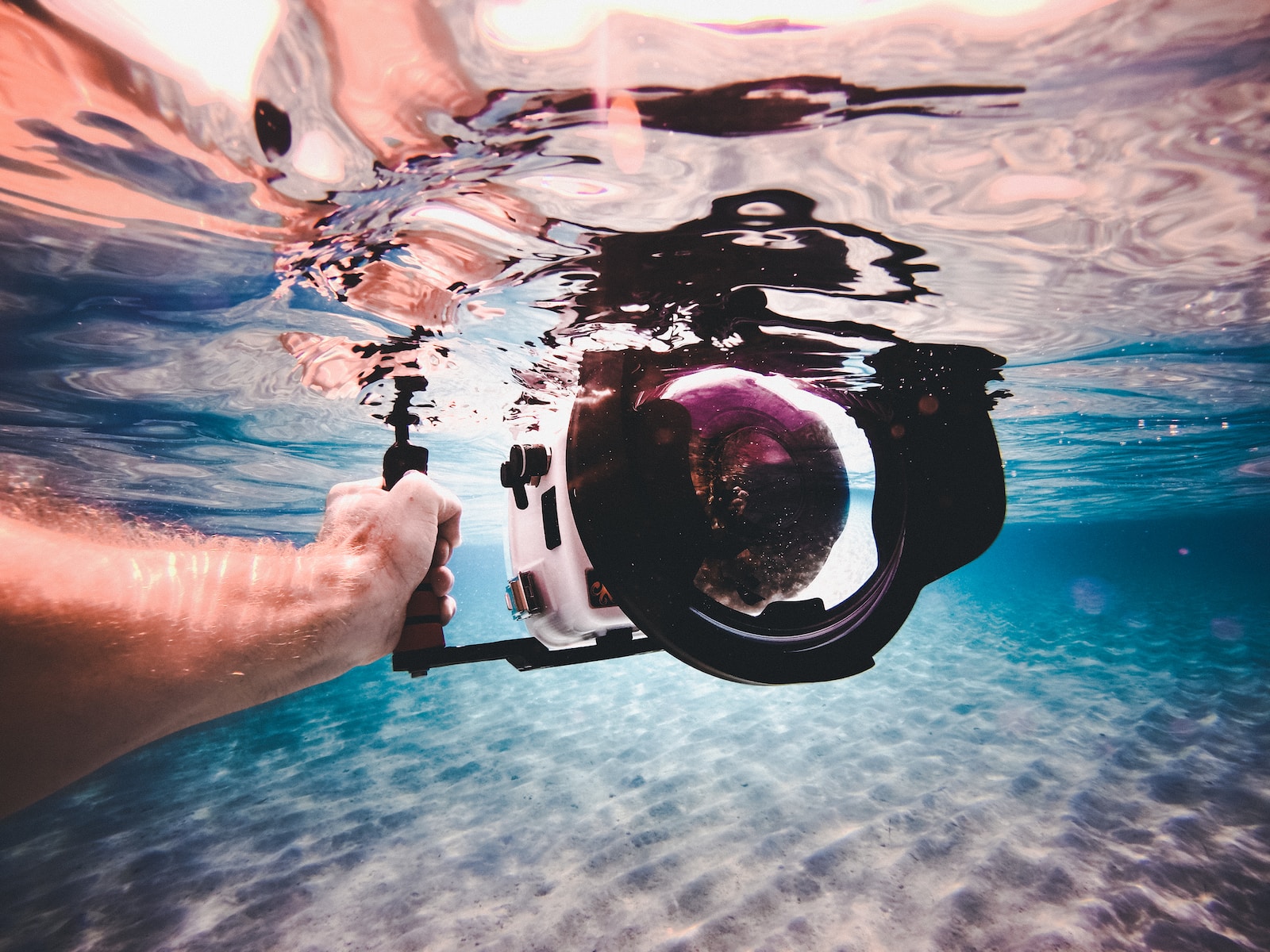Welcome to Pictures at Your Fingertips: Smartphone Photography Tips! Are you tired of carrying around a bulky camera to capture life’s priceless moments? Look no further, as we delve into the world of smartphone photography and share insider tips on how to harness the power of your mobile device to take stunning pictures. From mastering composition techniques to utilizing camera settings, we’ve got you covered. Get ready to unlock your smartphone’s potential and showcase your creativity through the lens.
Table of Contents
- Exploring the Subject: Capturing the Essence of Your Main Subject
- Unleash the Photographer in You with the Right Tools
- Timing is Everything: Capturing the Magic of Each Season
- Frequently Asked Questions
- 1. How can I improve the quality of my smartphone photographs?
- 2. Are there any specific settings I should adjust on my smartphone camera?
- 3. How can I capture better low-light photos with my smartphone?
- 4. What are some composition tips for smartphone photography?
- 5. Are there any recommended accessories for smartphone photography?
- 6. How can I make the most of the editing features available on my smartphone?
- 7. Where can I find inspiration and learn more about smartphone photography?
- Wrap Up
Exploring the Subject: Capturing the Essence of Your Main Subject
Finding Unique Perspectives
In order to capture truly amazing photographs, it’s important to explore different perspectives of your main subject. By looking at your subject from various angles and distances, you can uncover hidden details and create visually striking compositions.
Experiment with different vantage points – get low to the ground, climb up high, or find a unique spot that offers a fresh view. Look for patterns, shapes, and textures in your subject that can add depth and interest to your photographs.
For example, if your main subject is a beautiful flower, try getting down to its level and capturing it from below. This angle can showcase the delicate petals and create a sense of intimacy between the viewer and the subject.
Remember, the key is to think outside the box and find perspectives that aren’t commonly seen. This will make your photographs stand out and grab attention.
Utilizing Natural Lighting
Lighting plays a crucial role in photography, and understanding how to work with natural light can elevate the quality of your smartphone photographs.
When photographing your main subject, try to take advantage of the golden hours – the period shortly after sunrise and before sunset. During these times, the light is soft, warm, and creates a magical atmosphere. This light can add a beautiful glow to your subject, making it more visually appealing.
If you’re shooting outdoors during the day, pay attention to the direction and intensity of the sunlight. Harsh overhead light can cast unflattering shadows and result in blown-out highlights. Look for shaded areas or use accessories like reflectors or diffusers to soften the light.
Alternatively, you can experiment with backlighting by positioning your main subject in front of a light source, such as the sun. This technique can create a dreamy and ethereal effect, especially when shooting subjects like plants or people.
By understanding how light interacts with your main subject, you can create stunning photographs that capture its true essence.
Did you know that over 80% of photos taken worldwide are taken using smartphones? With the advancements in smartphone camera technology, anyone can become a talented photographer with just a few tips and tricks.
Unleash the Photographer in You with the Right Tools
Taking stunning photographs with your smartphone is not just about having a good eye for composition, it also requires the right tools. In this section, we will explore the best cameras, lenses, and other equipment that will elevate your smartphone photography to the next level.
The Perfect Camera for Stunning Shots
When it comes to smartphone cameras, there are several options available in the market. Each camera has its own unique features and capabilities. For instance, some smartphones come equipped with dual-camera setups, allowing you to capture depth-of-field and create professional-looking portraits. Others may have larger image sensors, resulting in better low-light performance.
For enthusiasts who want the best smartphone camera option available, the latest flagship models usually offer superior performance. These high-end devices often incorporate advanced camera technologies, such as image stabilization, high megapixel counts, and enhanced image processing capabilities. Investing in a top-tier smartphone will ensure you have a reliable camera that consistently produces outstanding results.
Expand Your Horizons with Additional Lenses
While smartphones boast impressive built-in cameras, expanding your lens collection can take your photography to new heights. Several external lenses can be attached to your smartphone, providing unique perspectives and capabilities.
Wide-angle lenses are ideal for capturing breathtaking landscapes and architecture. They allow you to fit more into the frame, giving your photos a sense of depth and scale. Telephoto lenses, on the other hand, help you get closer to subjects that are far away, making them perfect for wildlife or sports photography.
Another popular lens option is the macro lens. This lens enables you to take up-close and detailed shots of small objects or intricate textures. Whether you’re photographing flowers, insects, or even food, a macro lens will bring out the finest details.
Furthermore, some lenses even offer specialized features like fisheye or tilt-shift effects, which can add a creative twist to your photographs. Experimenting with different lenses will allow you to capture a diverse range of subjects and bring your artistic vision to life.
Essential Accessories for Smartphone Photography
Aside from cameras and lenses, there are a few other accessories that can greatly enhance your smartphone photography experience. Here are a couple of options to consider:
- Tripod: A sturdy tripod can be beneficial for capturing long-exposure shots, reducing camera shake, and enabling steady shots in low-light conditions. It also allows you to position your smartphone at different angles, giving you greater control over your composition.
- External Lighting: Sometimes, natural lighting isn’t sufficient for achieving the desired effect. In such cases, an external lighting source like a mini LED light panel or a portable flash can help you illuminate your subject and capture stunning photos even in low-light environments.
- Remote Shutter Release: Controlling the camera’s shutter remotely can be advantageous, especially when you want to eliminate any movement caused by pressing the on-screen button. With a remote shutter release, you can take photos with precision and minimal disturbance.
Remember, the right combination of camera, lenses, and accessories will vary based on your specific interests and photography style. By exploring different options and experimenting with various equipment, you can unlock the full potential of your smartphone camera and capture breathtaking images.

Timing is Everything: Capturing the Magic of Each Season
Smartphone photography provides a unique opportunity to capture the beauty of each season. By understanding the best time of year to take photos, you can harness the full potential of your smartphone camera.
During the spring, vibrant colors and blooming flowers offer a perfect backdrop for your shots. The soft sunlight in the early morning and late afternoon provides a natural glow, making your subjects more captivating.
In the summer, take advantage of the longer days and golden hour. The warm light during sunrise and sunset creates a magical atmosphere, adding a touch of warmth and depth to your photographs.
As autumn arrives, the changing leaves paint the landscape with rich hues of red, orange, and yellow. The golden light of fall enhances the colors, creating a mesmerizing environment for your smartphone lens.
Winter photography offers its own unique charm. The crisp air and glistening snowflakes create a winter wonderland. Capture the magic of the holiday season and frosty landscapes by adjusting your smartphone camera settings appropriately.
Finding the Perfect Vantage Point and Position
When it comes to smartphone photography, the right vantage point and position can make all the difference. Here are two key options to consider:
- Low Angle: Get down low and shoot from a lower angle to add a sense of drama and depth to your images. This technique works particularly well when photographing tall buildings, trees, or even portraits. By tilting your smartphone slightly upwards, you can create a more dynamic composition.
- Bird’s Eye View: For a unique perspective, try capturing photos from above. Find an elevated position or use a drone to take aerial shots. This technique is perfect for capturing landscapes, cityscapes, or crowd scenes. It offers a fresh and captivating viewpoint that can truly make your photos stand out.
Both these techniques allow you to experiment and explore different angles, resulting in visually stunning photographs that go beyond the ordinary.
Remember, the key to unlocking the true potential of smartphone photography lies not only in the device itself but also in understanding the best time of year to shoot and utilizing different vantage points and positions. By incorporating these tips into your photographic journey, you’ll be able to capture breathtaking images and bring out the full capabilities of your smartphone camera.
Did you know that cleaning your smartphone camera lens can greatly improve the quality of your photos? Use a microfiber cloth or a lens cleaning pen to gently wipe away fingerprints and smudges. Keep your lens clean and your pictures will be sharp and clear!
Frequently Asked Questions
1. How can I improve the quality of my smartphone photographs?
To enhance the quality of your smartphone photographs, make sure to clean your camera lens regularly, experiment with different lighting conditions, and use gridlines to compose your shots effectively. Additionally, try using third-party camera apps that offer advanced settings and features.
2. Are there any specific settings I should adjust on my smartphone camera?
Yes, to optimize your smartphone camera settings for photography, consider adjusting the photo resolution, enabling HDR mode in high-contrast scenes, and adjusting the exposure manually. Additionally, explore the different shooting modes available on your smartphone camera app, such as portrait mode or pro mode.
3. How can I capture better low-light photos with my smartphone?
To capture better low-light photos, stabilize your smartphone using a tripod or by leaning against a stable surface. Avoid using the flash unless absolutely necessary, as it can produce harsh lighting. Experiment with the manual mode or long-exposure apps to capture stunning night-time shots with minimal noise.
4. What are some composition tips for smartphone photography?
When it comes to composition, consider using the rule of thirds to create balanced and visually appealing photographs. Experiment with different angles and perspectives, utilize leading lines to draw attention to the subject, and remember to leave some negative space to create a sense of balance and simplicity in your images.
5. Are there any recommended accessories for smartphone photography?
A few accessories that can enhance your smartphone photography include a tripod for stability, a lens kit to experiment with different focal lengths, and a remote shutter release to avoid camera shake. Additionally, consider using a smartphone gimbal for smoother video footage and investing in a portable external battery pack to ensure your phone has enough power during longer photography sessions.
6. How can I make the most of the editing features available on my smartphone?
To make the most of your smartphone’s editing features, explore various editing apps such as Snapseed, VSCO, or Adobe Lightroom. Learn to adjust basic settings such as brightness, contrast, and saturation. Experiment with filters, but aim for a natural look. It’s essential to strike a balance between enhancing your photos and maintaining their authenticity.
7. Where can I find inspiration and learn more about smartphone photography?
There are various platforms where you can find inspiration and learn more about smartphone photography. Follow photography accounts on Instagram or join online communities and forums dedicated to smartphone photography. Additionally, consider investing in photography magazines or books that specifically focus on mobile photography tips and techniques.
Wrap Up
With these smartphone photography tips, you can capture stunning pictures with just a touch of a button. Your mobile device holds immense potential as a portable camera, allowing you to create amazing photographs on the go.
Remember to experiment with different angles, lighting, and compositions to add creativity to your shots. Don’t be afraid to use editing apps to enhance your photos further.
We hope these tips have inspired you to explore the world of smartphone photography. Now it’s your turn! Share your experiences and favorite smartphone photography hacks in the comments below. Let’s engage and learn from each other!


